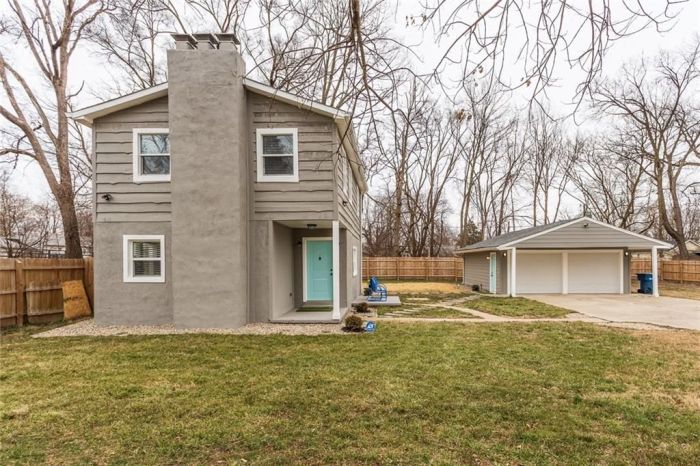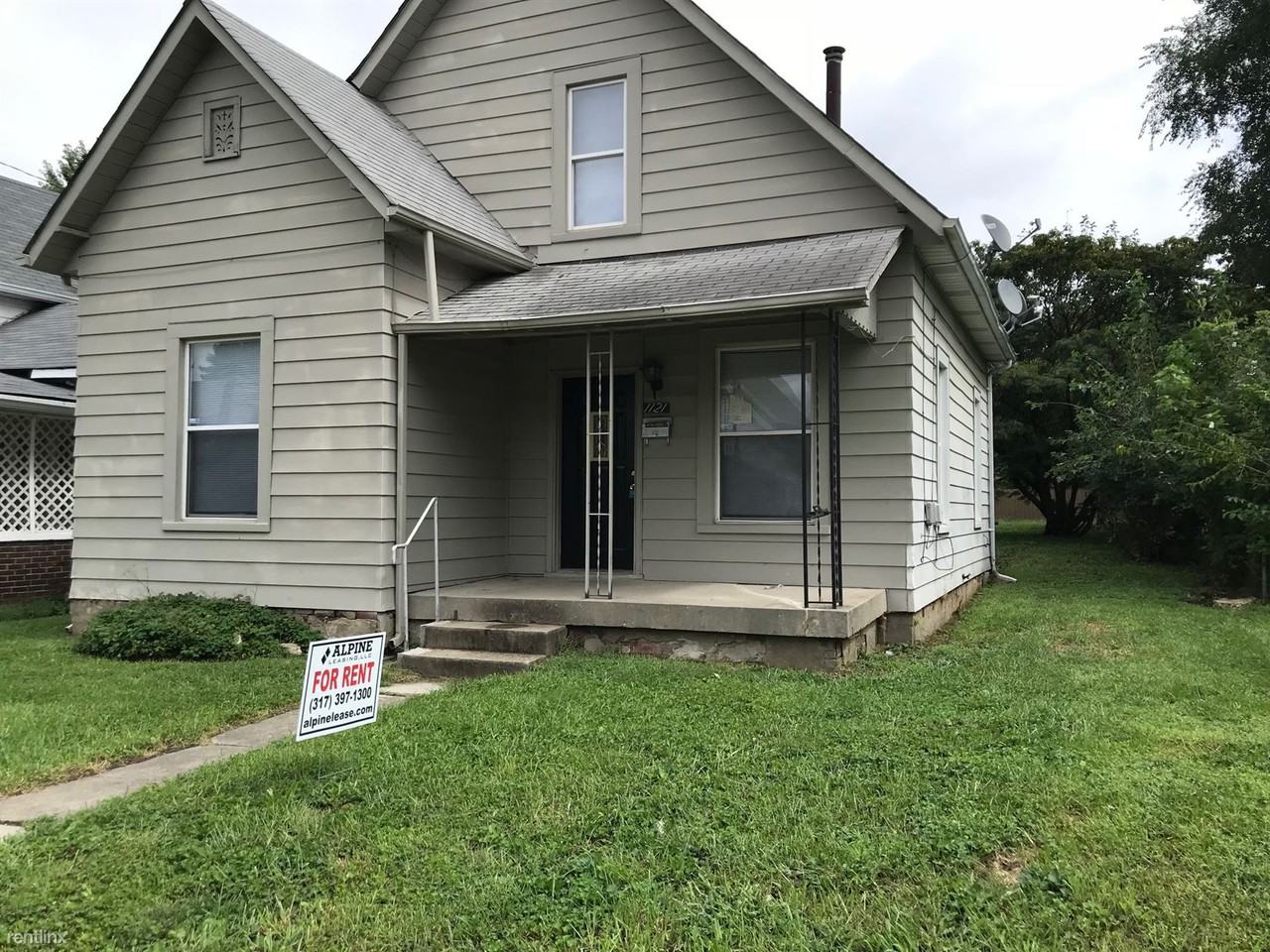Houses for Rent Indianapolis Your Guide
Indianapolis Rental Market Overview
Houses for rent indianapolis – The Indianapolis rental market is dynamic, reflecting a blend of urban growth, suburban expansion, and diverse housing options. Average rental prices vary significantly depending on location, property type, and amenities. Current trends show a generally increasing demand for rental properties, particularly in popular neighborhoods.
Types of Rental Properties Available

Source: trulia.com
Indianapolis offers a wide range of rental properties to suit various lifestyles and budgets. Apartments dominate the market, ranging from studio units to spacious multi-bedroom options in high-rise buildings or smaller complexes. Single-family homes provide more space and privacy, often appealing to families or individuals seeking a suburban feel, even within city limits. Townhouses offer a compromise, combining the convenience of apartment-style living with the privacy and space of a single-family home.
Factors Influencing Rental Prices
Several factors contribute to the price variations across Indianapolis neighborhoods. Proximity to downtown, employment centers, and desirable amenities like parks and schools significantly impacts rental costs. The quality of the property itself, including age, features, and recent renovations, also plays a crucial role. Finally, the overall desirability and reputation of a neighborhood, including safety and convenience, strongly influence rental rates.
Average Rental Costs Across Indianapolis Neighborhoods

Source: zumpercdn.com
| Neighborhood | Average 1-Bedroom Apartment | Average 2-Bedroom Apartment | Average Single-Family Home |
|---|---|---|---|
| Broad Ripple | $1200 | $1500 | $2000 |
| Downtown Indianapolis | $1400 | $1800 | $2500 |
| Carmel | $1300 | $1700 | $2200 |
Note: These are average estimates and actual rental costs may vary.
Neighborhood Comparisons for Renters: Houses For Rent Indianapolis
Choosing the right neighborhood depends on individual priorities and preferences. Broad Ripple, Downtown Indianapolis, and Carmel each offer unique advantages and drawbacks for renters.
Broad Ripple, Downtown Indianapolis, and Carmel: A Comparison
- Broad Ripple:
- Pros: Vibrant nightlife, walkable community, diverse restaurants and shops, proximity to Monon Trail.
- Cons: Can be noisy, higher rental costs compared to some other areas, limited parking.
- Downtown Indianapolis:
- Pros: Close to major employers, cultural attractions, convenient public transportation, numerous amenities.
- Cons: High rental costs, limited green space, can be crowded.
- Carmel:
- Pros: Family-friendly atmosphere, excellent schools, safe neighborhoods, ample green spaces.
- Cons: Longer commute to downtown Indianapolis, generally higher rental costs.
Crime Rate Comparison
Imagine three concentric circles representing crime rates. The smallest circle represents Downtown Indianapolis, indicating a higher crime rate than the other two areas. The next largest circle represents Broad Ripple, with a moderate crime rate. The largest circle represents Carmel, reflecting the lowest crime rate among the three.
Types of Rental Properties in Indianapolis
Understanding the differences between single-family homes, townhouses, and apartments is crucial for making an informed rental decision. Each property type caters to different needs and preferences.
Single-Family Homes, Townhouses, and Apartments: A Detailed Look
Single-family homes offer the most privacy and space, typically featuring yards and garages. Townhouses provide a balance between privacy and community living, often with shared amenities. Apartments, ranging from studios to multi-bedroom units, offer convenience and often include on-site amenities like pools or fitness centers.
Advantages and Disadvantages of Each Property Type
- Single-Family Homes: Pros: Privacy, space, yard; Cons: Higher rent, more maintenance responsibility.
- Townhouses: Pros: Shared amenities, less maintenance than single-family homes; Cons: Less privacy than single-family homes, shared walls.
- Apartments: Pros: Convenience, amenities, less maintenance; Cons: Less space and privacy, potential noise from neighbors.
Average Rental Costs, Square Footage, and Amenities
| Property Type | Average Monthly Rent | Typical Square Footage | Common Amenities |
|---|---|---|---|
| Single-Family Home | $1800 – $2500+ | 1500 – 2500 sq ft | Yard, garage, multiple bedrooms and bathrooms |
| Townhouse | $1300 – $2000 | 1000 – 1800 sq ft | Shared amenities (pool, gym), patio or balcony |
| Apartment | $800 – $1500+ | 500 – 1200 sq ft | In-unit laundry, fitness center, pool |
Note: These are average estimates and actual rental costs may vary significantly.
Finding and Securing a Rental Property
Finding the right rental property in Indianapolis involves a systematic approach, combining online resources with traditional methods. Careful planning and preparation are essential for a smooth process.
Steps Involved in Finding and Securing a Rental
- Online Search: Utilize websites like Zillow, Apartments.com, Trulia, and local real estate websites.
- Contact Landlords/Property Managers: Reach out to landlords or property managers directly to inquire about availability and schedule viewings.
- Application Process: Complete rental applications, providing necessary documentation (income verification, references, etc.).
- Credit and Background Checks: Understand that credit and background checks are standard procedure.
- Lease Agreement Review: Carefully review the lease agreement before signing, clarifying any ambiguities with the landlord.
- Move-In: Complete the move-in process, including paying security deposits and first month’s rent.
Negotiating Rental Terms and Lease Agreements
While lease agreements are generally standard, some flexibility might exist in areas like lease duration or pet fees. Open communication with landlords is key to negotiating favorable terms.
Effective Communication with Landlords/Property Managers
Maintain clear and professional communication, documenting all interactions through email or text for future reference.
Rental Costs and Associated Expenses
Budgeting for rental expenses in Indianapolis requires considering not only rent but also utilities, transportation, and other potential costs.
Typical Monthly Rental Costs
Monthly rental costs in Indianapolis vary widely depending on location, property type, and size. Utilities (electricity, water, gas, internet) typically add several hundred dollars to monthly expenses. Transportation costs, including car payments, insurance, gas, or public transportation fares, should also be factored in.
Additional Costs Associated with Renting
Pet fees, security deposits, application fees, and potentially renter’s insurance are additional expenses to consider. Some landlords may also charge late fees for rent payments.
Sample Monthly Budget for Renting in Indianapolis
| Expense | Estimated Cost |
|---|---|
| Rent | $1500 |
| Utilities | $300 |
| Groceries | $500 |
| Transportation | $200 |
| Other Expenses | $500 |
| Total | $3000 |
Note: This is a sample budget and actual costs may vary based on individual circumstances.
Lease Agreements and Tenant Rights
Understanding the terms of your lease agreement and your rights as a tenant in Indianapolis is crucial for a positive rental experience.
Common Clauses in Indianapolis Lease Agreements, Houses for rent indianapolis
Lease agreements typically include clauses regarding rent payment, lease duration, responsibilities for repairs and maintenance, and grounds for eviction. It’s vital to thoroughly review and understand all clauses before signing.
Tenant Rights and Responsibilities
Tenants have rights to a habitable dwelling, privacy, and protection from unlawful eviction. Responsibilities typically include paying rent on time, maintaining the property in a reasonable condition, and adhering to the terms of the lease agreement.
Addressing Maintenance Issues and Resolving Disputes
Most leases Artikel procedures for reporting maintenance issues. For disputes with landlords, consider mediation or legal counsel if necessary.
Common Lease Violations and Consequences
Common lease violations include non-payment of rent, property damage, and violation of noise ordinances. Consequences can range from late fees to eviction.
FAQ Overview
What is the average security deposit in Indianapolis?
Security deposits typically range from one to two months’ rent, depending on the property and landlord.
How long does the rental application process usually take?
The application process can vary, but it typically takes a few days to a couple of weeks, depending on the landlord’s processing time and background checks.
What utilities are typically included in rent?
Rent rarely includes utilities. Tenants usually pay for electricity, gas, water, and trash separately.
Finding the perfect rental in Indianapolis can be challenging, but exploring options beyond Indiana is also worthwhile. If you’re open to other locations, consider checking out the available properties in Texas, such as those listed on this website for houses for rent san antonio ; it offers a different market to consider. Ultimately, the best rental choice depends on individual needs and preferences, whether in Indianapolis or elsewhere.
Are pets allowed in most Indianapolis rentals?
Pet policies vary greatly depending on the property and landlord. Some allow pets with additional fees, while others have strict “no pets” policies.















